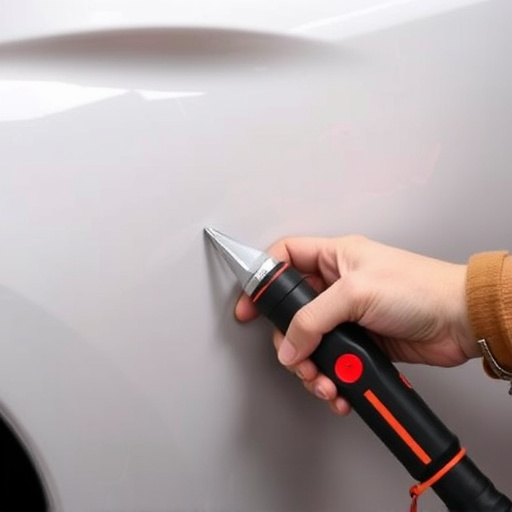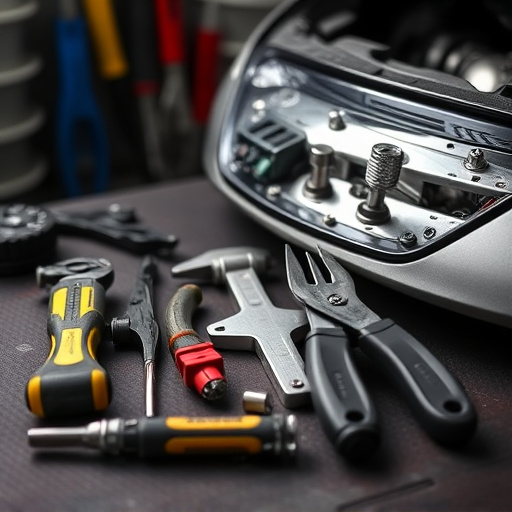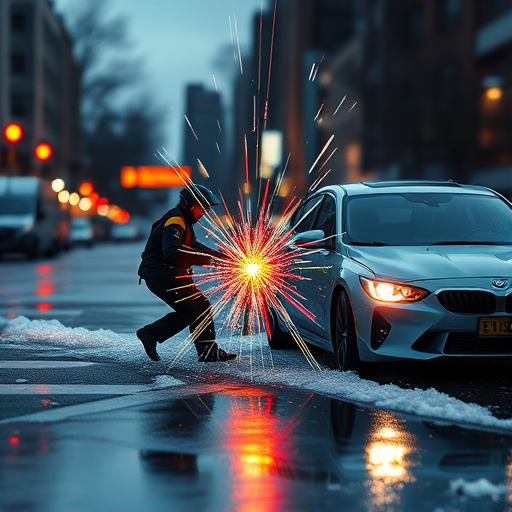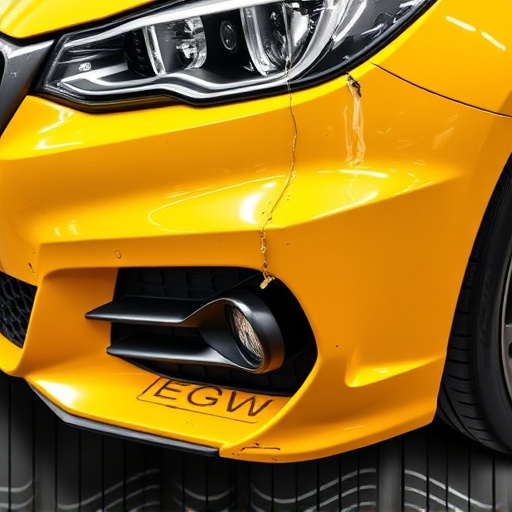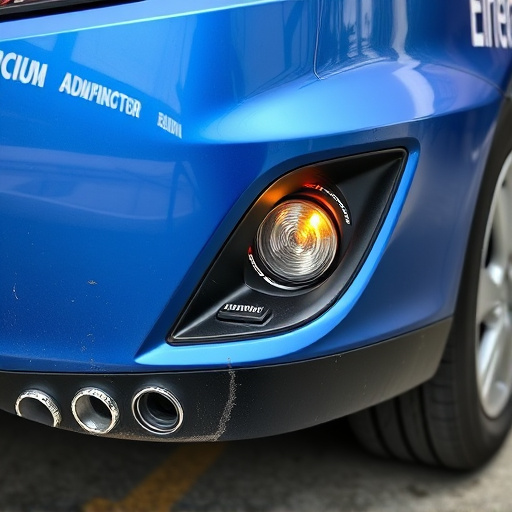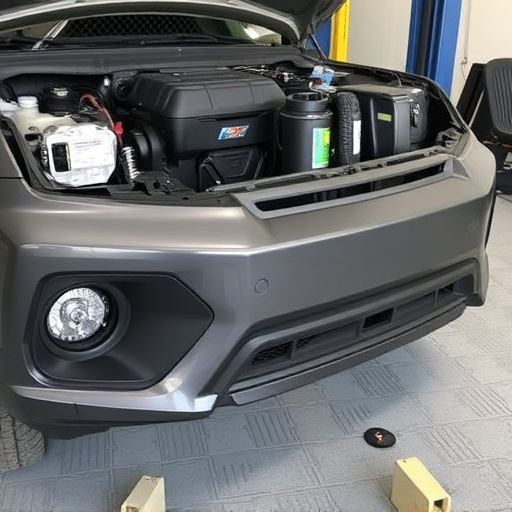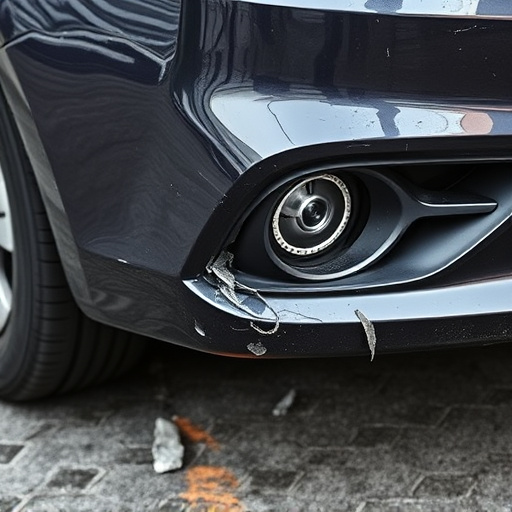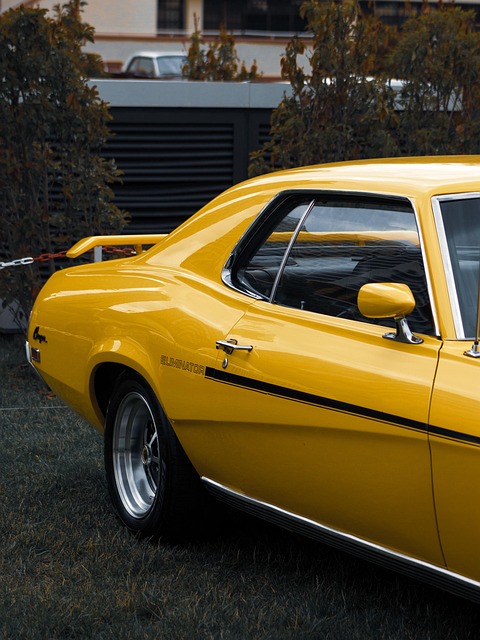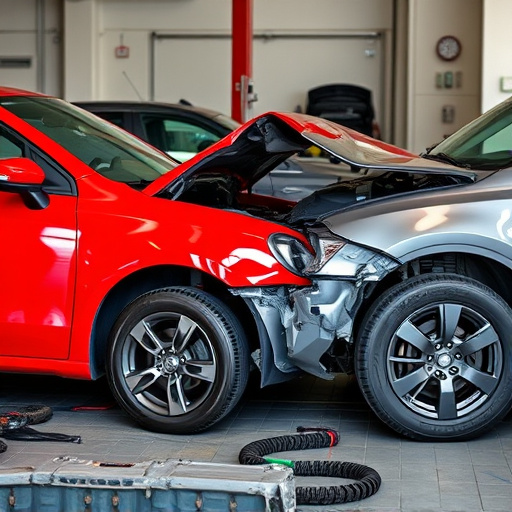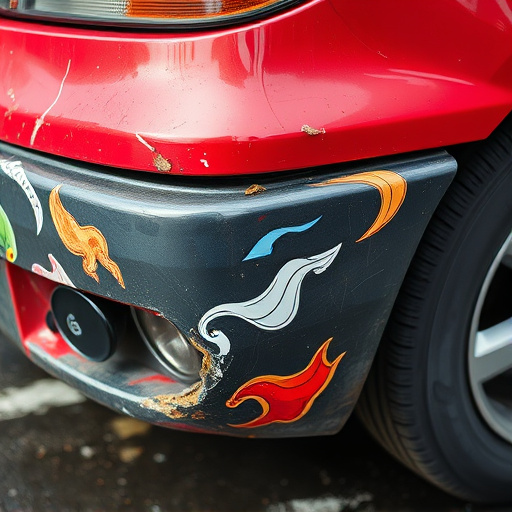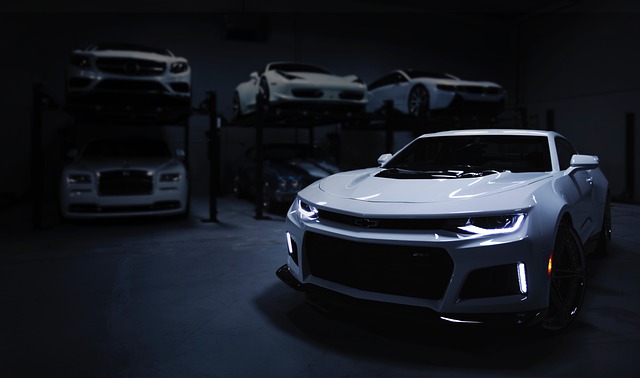Engine mount collision damage, often overlooked after accidents, is a critical safety and performance issue. Thorough inspections by professionals are essential to detect misalignments or breaks that may not be immediately visible. Prompt attention to such damage prevents costly long-term repairs and ensures safer driving. Proper post-collision alignment assessment using specialized tools is vital for classic car restoration projects to pinpoint and address engine mount collision damage, ensuring optimal safety and longevity.
Post-collision, the position of your vehicle’s engine mount is crucial. Understanding engine mount collision damage goes beyond initial visual assessment. When an impact occurs, these mounts absorb force, preventing catastrophic failure. However, even minor collisions can cause subtle misalignments that affect performance and safety. This article explores how to properly assess engine mount collision damage, highlighting strategies for aligning these critical components to ensure optimal vehicle health and safety following a crash.
- Understanding Engine Mount Collision Damage
- Impact on Vehicle Performance and Safety
- Strategies for Proper Post-Collision Alignment Assessment
Understanding Engine Mount Collision Damage
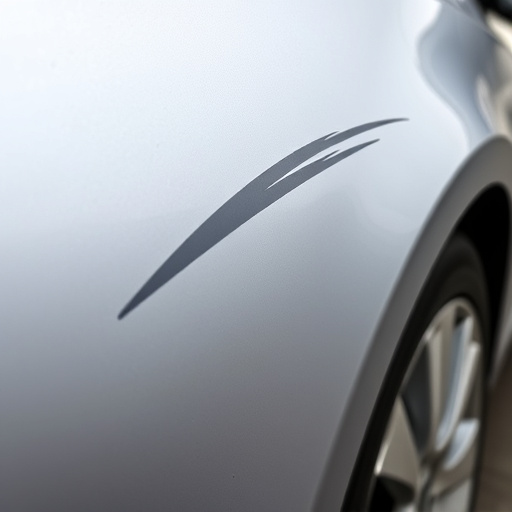
Engine mount collision damage is a critical issue that often goes unnoticed immediately after an accident. When a vehicle undergoes a collision, especially at high speeds, the impact can cause significant damage to its structural components, including the engine mounts. These mounts are responsible for securing the engine in place, and any misalignment or breakage can lead to serious consequences. Understanding the extent of engine mount collision damage is essential for ensuring the safety and performance of the vehicle post-accident.
The effects of such damage may not be immediately apparent, as engine mounts often serve as a critical barrier between the engine and the rest of the vehicle’s structure. A thorough inspection by professionals in fleet repair services or vehicle repair services is crucial to identify any cracks, deformations, or separations that could compromise the integrity of the engine and its components. Prompt attention to engine mount collision damage not only facilitates safer driving but also prevents more severe and costly repairs down the line, including those related to car scratch repair.
Impact on Vehicle Performance and Safety
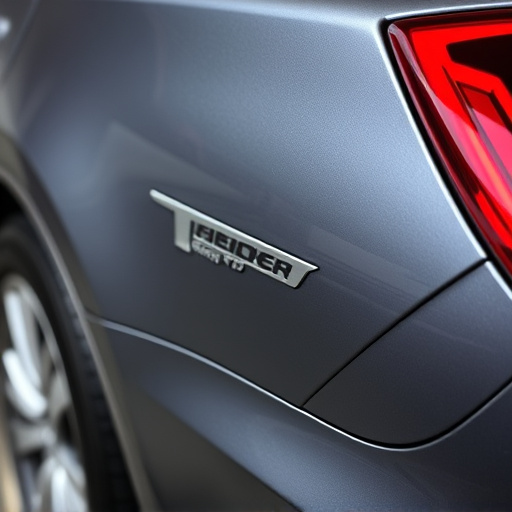
The position of an engine mount following a collision is a critical factor that significantly influences both vehicle performance and safety. Engine mounts, which secure the engine to the chassis, play a vital role in maintaining the integrity of a car’s structure. When a vehicle experiences a collision, these mounts can sustain damage, often leading to misalignment or complete failure. Such damage can result in compromising the car’s stability and handling, impacting its overall performance.
In cases where an engine mount is damaged or improperly repositioned post-collision, it may cause further complications during driving. This could include increased vibration, unusual noise, loss of power, or even more severe safety hazards. Auto body repairs and auto repair shops skilled in addressing engine mount collision damage are essential to ensure the vehicle’s safe operation. Proper alignment and reinforcement of these mounts are crucial steps in restoring a car’s performance and addressing potential safety risks after a collision.
Strategies for Proper Post-Collision Alignment Assessment
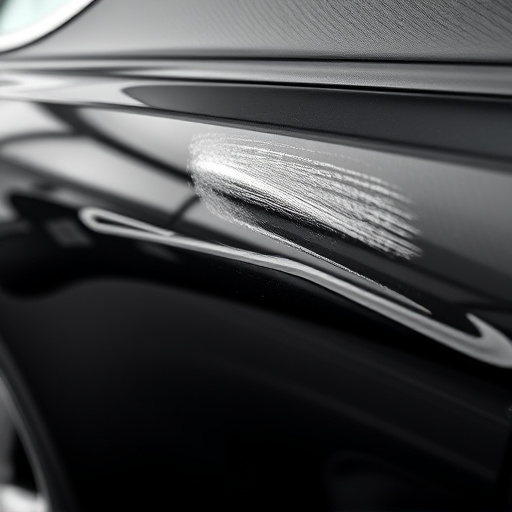
Proper post-collision alignment assessment is crucial for determining the extent of engine mount collision damage. The first step involves a thorough visual inspection to identify any visible misalignments or deformations in the vehicle’s frame and components, including the engine mounts. Using specialized tools such as alignment scanners can provide detailed measurements, helping to pinpoint exact adjustments needed.
For classic car restoration projects, this process becomes even more critical due to the intricate nature of these vehicles. A fender bender might seem minor, but it could cause hidden damage that impacts the overall integrity and performance of the car’s bodywork. Therefore, professionals recommend a comprehensive assessment, not just a visual one, to ensure every component, including engine mounts, is aligned correctly, thereby ensuring optimal safety and longevity of the vehicle.
Post-collision vehicle inspection, especially regarding engine mount position, is paramount for both safety and performance. By understanding the potential impact of engine mount collision damage and implementing strategic assessment methods, repair technicians can ensure vehicles return to their optimal state. This meticulous approach not only enhances driver safety but also preserves the overall performance and value of the vehicle, making it a crucial step in any collision repair process.
